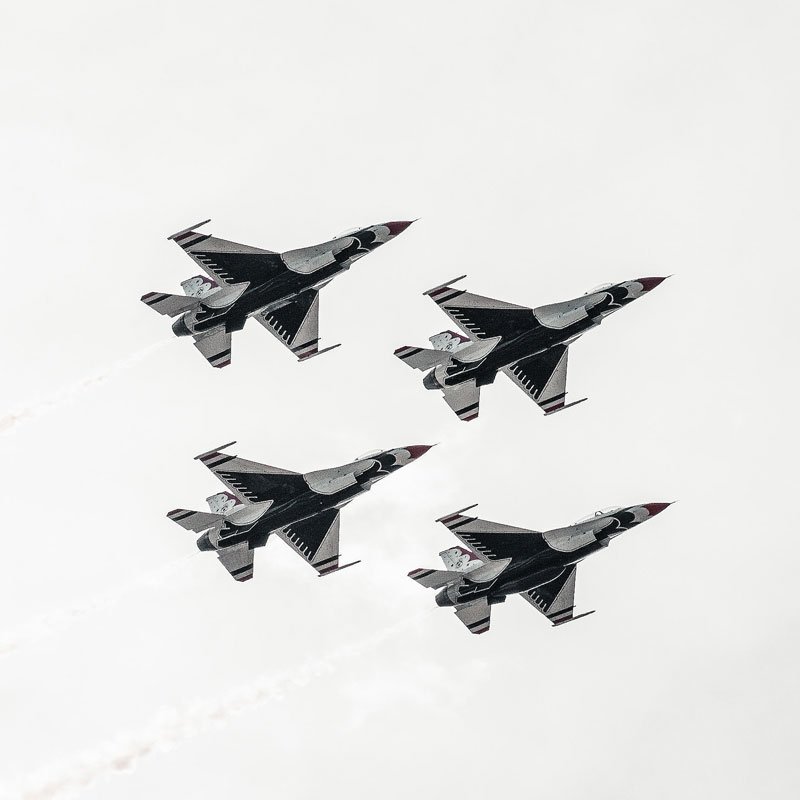
The military uses PCBs for a wide range of applications, including communications equipment, computers, vehicles, firearms and more.
PCBs used for military applications must be exceptionally reliable and durable. They may be exposed to extreme conditions, and they could play a role in national security. The military uses materials such as high-temperature laminates, aluminum and copper because of their ability to withstand harsh conditions such as high temperatures. Anodized aluminum may be used because of its resistance to oxidation. Some military printed circuit board applications may also benefit from the enhanced reliability of thru-hole technology.
Some military and defense uses of PCBs include:
Communications equipment: Radio communication systems and other critical communications require PCBs to function.
Control systems: PCBs are at the center of the control systems for various types of equipment including radar jamming systems, missile detection systems and more.
Instrumentation: PCBs enable indicators that members of the military use to monitor threats, conduct military operations and operate equipment.
The military is often at the cutting edge of technology, so some of the most advanced uses of PCBs are for military and defense applications. The uses of PCBs in the military vary widely.